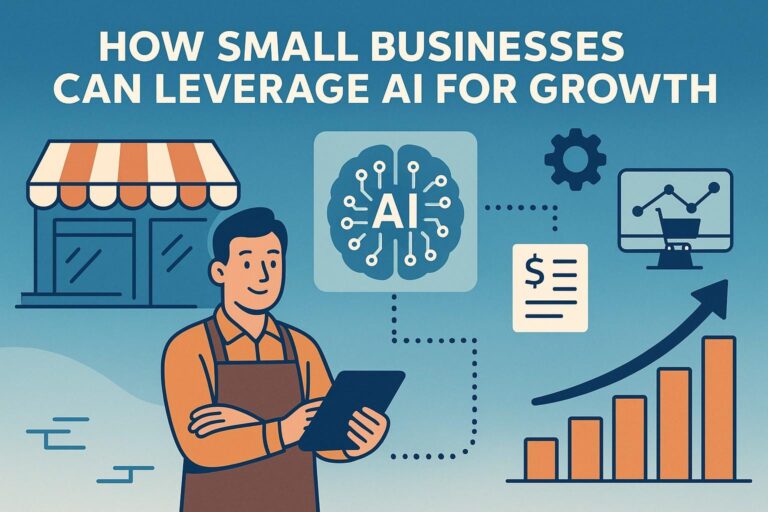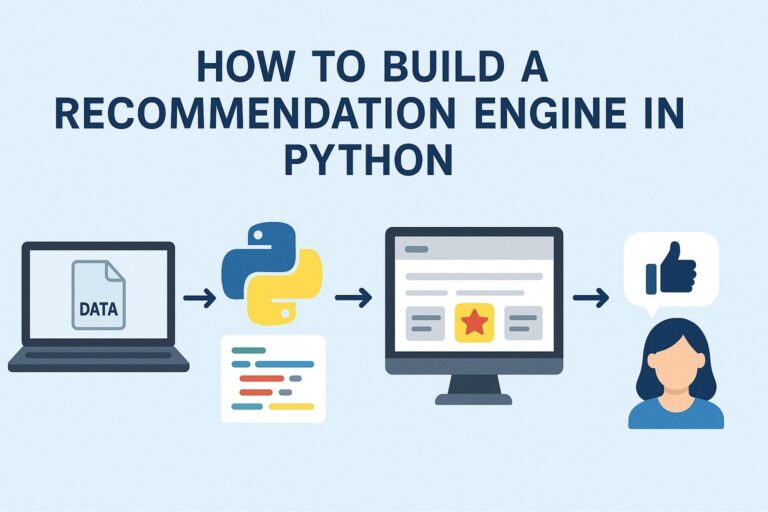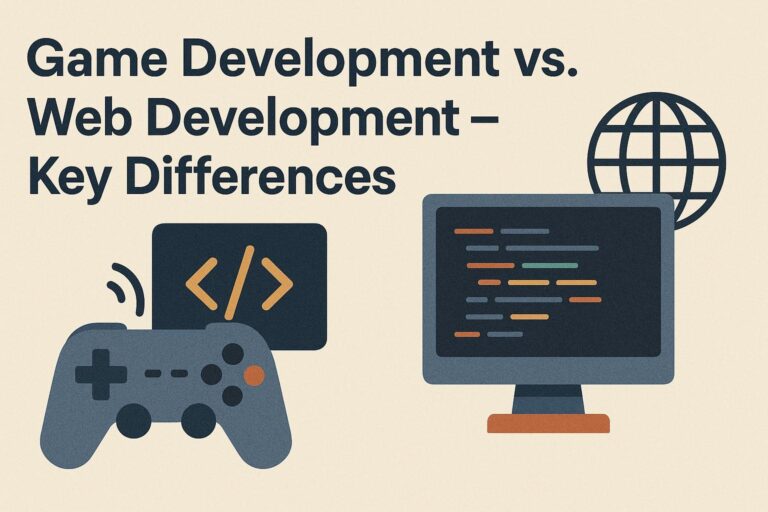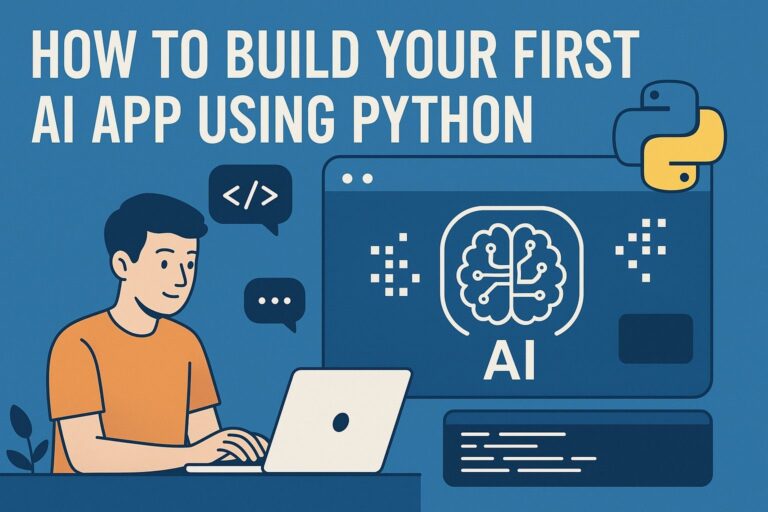
As artificial intelligence continues to evolve and permeate industries once thought to be exclusively human-driven, the debate over whether AI can replace human creativity becomes increasingly relevant. With AI now generating artwork, composing music, writing literature, designing products, and even building software, the line between human and machine creativity is becoming blurred.
But does this technological progress signal a future where machines can truly replace human originality and innovation? Or are these developments simply tools that augment rather than replicate the depths of human imagination?
This article explores how AI is influencing creative industries, highlights its current capabilities and limitations, and analyzes whether AI will ever fully replace human creativity.
Understanding Creativity: Human vs Artificial
What Is Human Creativity?
Human creativity is characterized by originality, intention, and the ability to create meaning through personal experiences, emotions, and abstract reasoning. It encompasses:
- Emotional expression and storytelling
- Cultural, philosophical, and societal reflection
- Improvisation and spontaneity
- Intuition-driven problem solving
- The ability to draw connections between unrelated ideas
Creativity in humans often emerges from personal struggle, curiosity, introspection, and lived experiences—elements that are uniquely human and deeply subjective.
What Is AI Creativity?
AI creativity, by contrast, refers to a machine’s ability to produce content that mimics human-like creative work. This is accomplished through algorithms trained on vast datasets, enabling AI to generate visual, textual, auditory, or coded outputs by identifying and replicating patterns.
AI does not create from personal experiences or emotions. It lacks awareness, self-reflection, and meaning-making. Its outputs are generated based on probability and data-driven logic, not intrinsic motivation or purpose.
Areas Where AI Is Demonstrating Creative Capabilities
1. Visual Arts and Graphic Design
AI-powered platforms like DALL·E, Stable Diffusion, and Midjourney have revolutionized digital art. These tools generate detailed, stylized images based on textual prompts. Designers now use AI for:
- Ideation and concept development
- Storyboarding and moodboarding
- Creating multiple design prototypes quickly
While AI can produce technically impressive images, it does not yet understand cultural symbols, visual metaphors, or artistic intent the way a human artist does.
2. Content Writing and Journalism
Natural language processing models like GPT-4 can generate:
- Blog posts, essays, and marketing copy
- News summaries and product descriptions
- Scripts, poetry, and storytelling drafts
These tools are widely used in content marketing and journalism to increase speed and volume. However, AI writing often lacks tone modulation, personal perspective, emotional nuance, and deeper thematic coherence found in human-authored work.
3. Music and Sound Design
AI music composers such as AIVA, Amper Music, and Soundraw are capable of creating musical scores for various genres and moods. They are used in:
- Background music for videos, games, and advertisements
- Royalty-free soundtracks
- Generative sound design for immersive environments
Still, human musicians bring personal narratives, cultural interpretation, improvisation, and stylistic experimentation that AI does not fully replicate.
4. Film, Video, and Animation
AI is now used to generate deepfakes, animate scenes, edit videos, and enhance visual effects. Applications include:
- AI-driven video editors (Runway, Adobe Firefly)
- Automated dubbing and voice generation
- Character animation using motion capture and generative AI
Despite the technological progress, storytelling, pacing, humor, and emotional depth in cinema remain deeply human-driven disciplines.
5. Code and Software Development
AI assistants like GitHub Copilot and Amazon CodeWhisperer can write code, suggest fixes, and even generate complex algorithms. Developers benefit by:
- Speeding up boilerplate tasks
- Reducing syntax errors
- Exploring alternative code structures
Yet, architecture design, user experience planning, and system-level thinking still require human oversight, creativity, and strategic foresight.
Limitations of AI in Creative Fields
1. Absence of Consciousness and Emotion
AI lacks sentience. It cannot feel joy, grief, anxiety, or love—emotions that often fuel human creativity. Art born from trauma, joy, loss, or hope contains layers of meaning AI cannot comprehend or reproduce.
2. No Original Intent or Purpose
While AI can mimic creative output, it does not choose to create out of curiosity or purpose. It does not know why it is generating something, nor does it understand the meaning behind it.
3. Dependence on Existing Data
AI models can only produce what they’ve been trained on. They do not invent new genres or movements. Innovation, as seen with impressionism, cubism, or hip-hop, arises from cultural evolution—something AI cannot independently drive.
4. Ethical and Copyright Concerns
AI-generated content can blur the lines of authorship and ownership. Legal and ethical questions arise, including:
- Who owns AI-generated work?
- Can AI plagiarize inadvertently by mimicking training data?
- How do creators protect their style or voice from being replicated by machines?
These unresolved issues limit the full-scale integration of AI-generated content in many industries.
5. Risk of Homogeneity
With many AI models trained on similar datasets, their outputs can become repetitive or derivative. Without deliberate human intervention, creativity risks becoming formulaic, reducing originality across art and media.
Human-AI Collaboration: A New Creative Paradigm
Rather than replacement, AI is best viewed as a creative amplifier. The most promising direction is collaborative—where humans provide vision, context, and emotional depth, and AI contributes speed, scalability, and ideation support.
Examples of Human-AI Co-Creation:
- Writers use AI to generate outlines, headlines, or rewrite drafts.
- Designers use AI to explore color schemes or layout ideas rapidly.
- Musicians use AI to prototype beats or chord progressions.
- Filmmakers use AI to generate visual effects or translate scripts.
- Game developers use AI to generate worlds, textures, or dialogue variations.
This synergy results in faster workflows, creative diversity, and a broader canvas for experimentation.
Future Outlook: Will AI Ever Replace Human Creativity?
The future of AI in creative fields will depend on how creativity itself is defined.
If Creativity = Novel Output Based on Patterns
AI already exhibits this. It can recombine elements, follow prompts, and surprise users with unanticipated results. In this view, AI may continue to expand its role in design, content generation, and prototyping.
If Creativity = Emotional, Cultural, and Ethical Expression
AI cannot match this dimension. Human creativity is shaped by existential experiences, moral questions, cultural identity, and philosophical exploration—none of which are accessible to machines.
What AI Will Likely Do:
- Automate routine creative tasks such as resizing, formatting, drafting
- Enhance productivity through rapid ideation and content generation
- Enable accessibility by assisting creators with disabilities or limited resources
- Expand creative possibilities by introducing new tools and mediums
- Raise new ethical questions about originality, authorship, and artistic value
AI will not eliminate human creativity. Instead, it will force a redefinition of what creativity means in a world of human-machine collaboration.
Final Thoughts
AI is not here to replace the human imagination—it is here to reshape how we use it. While machines can simulate aspects of creative work, they cannot replicate the emotional resonance, existential meaning, or cultural consciousness embedded in truly original human creations.
The real power of AI lies in collaboration. It can support creators by expanding their capabilities, reducing friction in the creative process, and enabling new forms of expression. But it is the human mind that asks the why, crafts the message, and defines the meaning.
In a future increasingly influenced by technology, creativity will not be less important—it will be more valuable than ever. And it will remain one of the defining traits that separate humans from machines.

I’m Shreyash Mhashilkar, an IT professional who loves building user-friendly, scalable digital solutions. Outside of coding, I enjoy researching new places, learning about different cultures, and exploring how technology shapes the way we live and travel. I share my experiences and discoveries to help others explore new places, cultures, and ideas with curiosity and enthusiasm.






